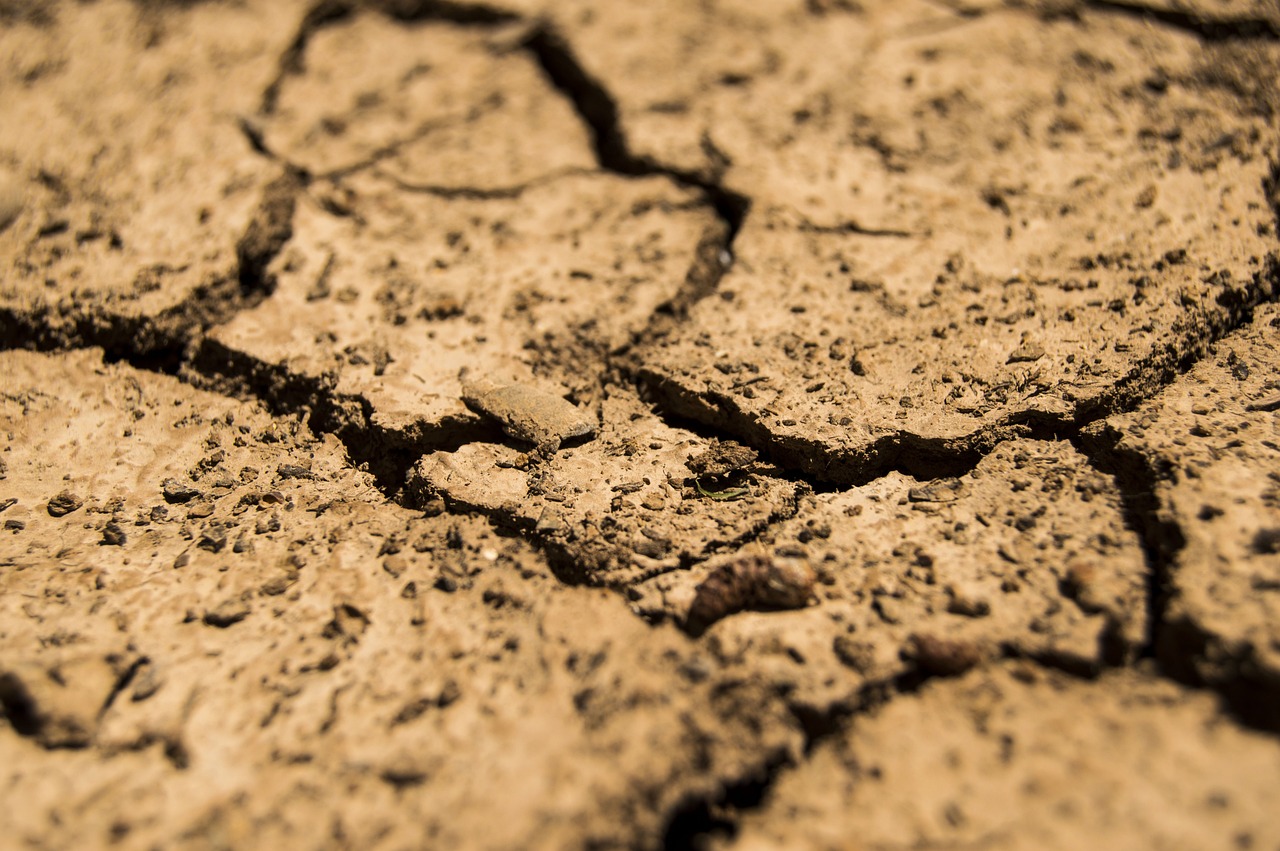Article Title:Application of photo-detection to art and archaeology at the C2RMF
Abstract:
The Centre for research and restoration of the museums of France (C2RMF), located in the Louvre palace in Paris routinely uses photodetector-based techniques for the study of objects of cultural heritage. Among these methods, the ion beam analysis techniques (IBA) provided by the 2-MV electrostatic accelerator AGLAE installed in the C2RMF have the specific qualities required for the study of these valuable objects. Indeed, PIXE and PIGE are non-destructive, non-invasive, rapid and sensitive tools for the determination of the chemical composition. Their use enables to answer three major questions in the field of Art and Archaeology: (1) identification of the material, (2) determination of the provenance, and (3) study of surface modification (ageing, alteration). Applications of radiation detectors are exemplified through case studies performed at the Centre: the identification of the pigments used on an Egyptian papyrus, the provenance of gemstones set on ancient jewels and the indirect dating of archaeological flints. New trends in the use of photo-detectors in Art and Archaeology are presented. (C) 2003 Elsevier Science B.V. All rights reserved.
Keywords: archacometry; ion beam analysis; non-destructive analysis; XRF; PIXE; RBS; NRA
DOI: 10.1016/S0168-9002(03)00793-9
Source:NUCLEAR INSTRUMENTS & METHODS IN PHYSICS RESEARCH SECTION A-ACCELERATORS SPECTROMETERS DETECTORS AND ASSOCIATED EQUIPMENT
Welcome to correct the error, please contact email: humanisticspider@gmail.com



